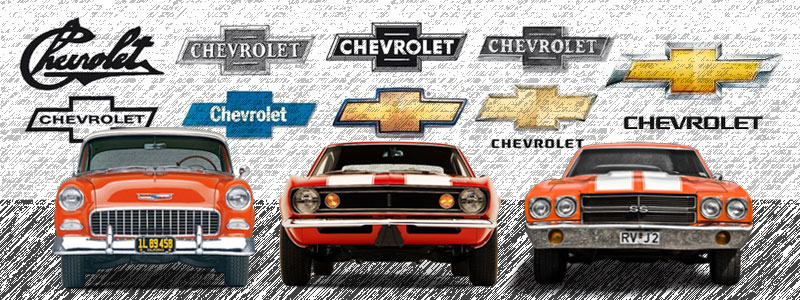Brothers Louis, Arthur and Gaston Chevrolet migrated to the US from their native Switzerland as young men. Having worked for Mors, Louis was able to find plenty of work in the automotive industry, at the same time garnering a reputation as one of the countries leading race drivers. Building his own racer based on
Buick running gear, the car would catch the attention of William Durant, founder (but no longer owner) of General Motors. The two quickly formed a partnership, which led to the development of the Classic Six in 1911.
Some 3000 had been manufactured by 1912, their popularity encouraging Chevrolet and Durant to expand their line-up, the Little Four based on Durant’s own Little Runabout, the first to carry the now familiar blue-and-white badge, while a single seat version was aptly called the Royal Mail. Forming the Chevrolet Aircraft Corporation with brother Arthur, Louis would have little to do with the company that bore his name, apart from a brief spell in the 1930’s, and would die in almost total obscurity in 1941. In the meantime the Chevrolet company had gone from strength to strength, first acquiring the Maxwell Motor Company factory in New York in 1914, then releasing the incredibly popular 490 – with a for the time bargain basement price of, you guessed it, $490.
By 1916 the company had manufactured 70,000 vehicles, and was quickly becoming a real challenger for Ford. In 1919 the company was absorbed by General Motors, who helped bolster production to almost 150,000. The depression would take its toll on the company, Chevrolet boss Pierre S. DuPont ignoring a consultants report to close the company, and helping it emerge from the depression in better financial shape than most. The post-war Bel Air was responsible for the company’s dominance of the US highways through the 1950’s, while the Corvette was every bit the match for the Ford Thunderbird. The one bump in the road came courtesy of investigative journalist Ralph Nader, his book Unsafe at Any Speed bringing about the demise of the Corvair, but being merely a blip on the radar of the now global giant.
Also see: Chevrolet Corvette |
The History of Chevrolet (USA Edition) |
Chevrolet Brochures |
Chevrolet Auto Ads



